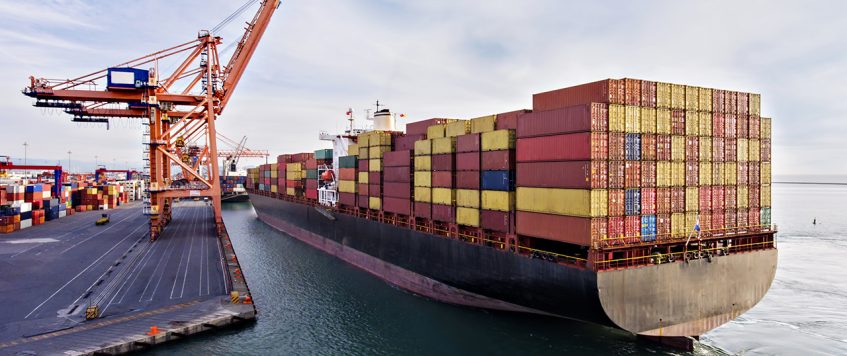-
05
Jan
Fallout From Ocean Rate Collapse to Define Market ‘Status Quo’ in 2023
As shippers, forwarders, and container carriers look to the horizon, one question will dominate. What are the implications of the unexpected — and dramatic — collapse in spot freight rates in the second half of last year?
This gets to the heart of a key uncertainty hovering over the industry in 2023 and beyond: the long-term impact of the COVID-19 pandemic experience on the container shipping market. Were the historically tight market conditions that briefly propelled eastbound trans-Pacific spot rates to upwards of $30,000 per FEU in 2021 so unique and fleeting that the market will simply revert to its pre-pandemic state, or will the pandemic prove to be a turning point?
In other words, was the shock to the system so great that the trajectory of the market will be altered going forward, meaning that a reversion to “the way things were” — which many in the heat of battle in 2021 said would never happen — ends up being an illusion?
For many in the industry, the answer is a flat “no.”
Those stakeholders interpret the collapse in rates — the composite Drewry World Container Index dropped 77 percent from January to mid-December 2022, while Asia–US West Coast rates fell more than 90 percent — as a reversion to the pre-pandemic status quo. That status quo was defined by rates that were consistently low enough to be generally acceptable to shippers but persistently frustrating for ocean carriers, even if they were at a loss as to what to do about it. If the effects of the pandemic proved anything, it’s that the market was and remains driven purely by supply and demand; allegations of collusion by some shippers were as unfounded during the pandemic as they were prior to it.
Longtime observers could not avoid a sense of déjà vu as 2022 came to an end. Carriers revived general rate increases (GRIs) and stepped up rhetoric about how their costs had increased substantially in recent years and these costs will inevitably be passed along to customers, both standard tactics in the pre-pandemic carrier playbook. As reasonable as they might seem, however, these tactics were never successful in fostering even minimally accepted returns, as a McKinsey study from 2018 clearly showed. Over more than 20 years, carriers have consistently underperformed financially compared with marine terminals, freight forwarders, railroads, and intermodal truckers, earning meager, low-single-digit returns on invested capital.
Unable to achieve adequate profitability through revenue, carriers turned to the key lever within their control — costs — resulting in wave after wave of consolidation that left the market with just a handful of dominant players organized into three major alliances on the major east-west trades.
Will pandemic-driven changes sustain?
The collapse in rates is a clear signal that the market is reverting to its pre-pandemic state, so the question is whether this reversion is temporary. And it’s not just the rates that have reverted to pre-pandemic norms; market behavior did as well. Many shippers, including some of the largest ones, were demanding relief from existing contract rates in late 2022, while others sought to renegotiate multi-year contracts signed over the past two years. Carriers, once again concerned about volumes and market share, in many cases were going along. Those shippers that already signed for 2023 obtained rates that look much more “normal” by historical standards.
All that said, there is still plenty of evidence that the industry has changed in significant ways. Still, it remains to be seen how those changes will affect the core market. Carriers used their windfall profits during the pandemic to accelerate their diversification into various logistics services, marine terminals, air freight, towage, and even media and healthcare.
Although those moves have diversified their revenue, that’s less relevant to the core market. With billions of dollars in revenue tied to filling 20,000-plus TEU mega-ships, carrier success will always be dependent on core container shipping activities that, as 2022 clearly showed, are inexorably tied to supply and demand.
Carriers in the run-up to the pandemic became much more skillful and precise in adjusting capacity via blank sailings in response to short-term changes in demand, evidenced by the swiftness with which they suspended services during the initial COVID-19 recession in spring 2020. Carriers know they are on questionable legal ground should they curtail capacity too aggressively with the of driving rates up, but similar to airlines, they can flex vessel capacity as they see fit and will continue to do so in the post-pandemic market.
Unlike the demand surge that pushed freight rates to record heights during the pandemic, liner consolidation; the grouping of carriers into fewer, larger alliances; and increased agility in capacity management represent real change from prior industry history.
By: Peter Tirschwell / JOC

